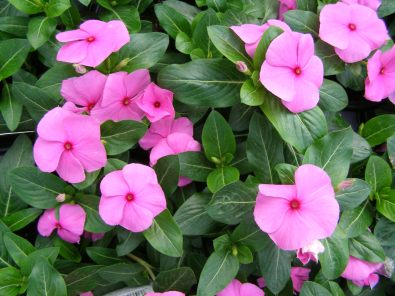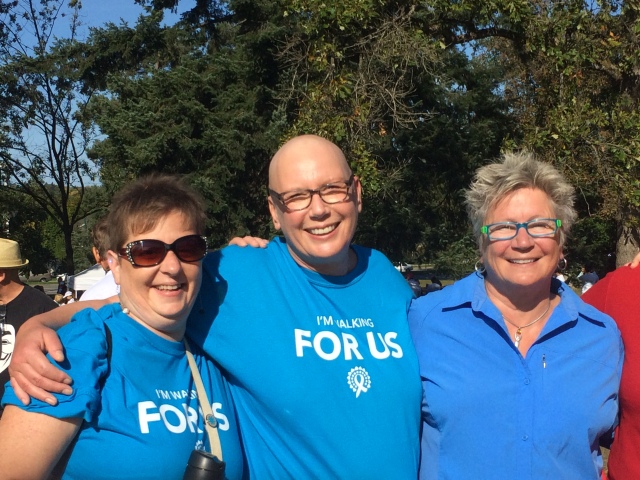It’s a new year and I’m getting accustomed to the idea… that it will be my last.
 It’s been a tumultuous last couple of months. I lost another friend to this horrid disease. Shelagh’s demise was slow and hard to witness. I relish our last hour together after she was admitted to hospice. We looked out over Burrard Inlet at the North Shore mountains and we laughed and cried. And talked about the fun we’d had sharing coffee, stories and disease.
It’s been a tumultuous last couple of months. I lost another friend to this horrid disease. Shelagh’s demise was slow and hard to witness. I relish our last hour together after she was admitted to hospice. We looked out over Burrard Inlet at the North Shore mountains and we laughed and cried. And talked about the fun we’d had sharing coffee, stories and disease.
And then I went into hospital for a few days for a lingering bowel obstruction that only rest and several days of starvation (no food or water or ice chips) resolved. No NG tube. No surgery. Finally lost 10 pounds.
Now I’m on not just a low fibre diet (which I’ve eaten for the last year) but a very low fibre diet. White bread. White rice. Protein is fine but I’ll never be a vegetarian again. A limited number of fruits and vegetables. Small meals.
This fall’s chemo did some good work. Tumours in my abdomen and liver got smaller. But there was a new one. It’s in my sacrum, a bone in my lower back. And bony metastasis are never good. They’re rare for ovarian cancer too. I read that only 1% of women with ovarian cancer develop metastasis in the bone.
My oncologist went back to the shelf to see what chemo might be left for me. There were three drugs I haven’t had before but two are very hard on the liver. And my liver is failing. My eyes have developed a yellow rhuemy look and sometimes my complexion too. My skin itched because the liver can’t process all the toxins. So that leaves me with the last chemo… Vinorelbine. I can’t believe I’m here already.
that leaves me with the last chemo… Vinorelbine. I can’t believe I’m here already.
Vinorelbine was developed from the periwinkle plant. It sounds gentle. Unlike most other chemo drugs I’ve experienced over the last 5 1/2 years, this one is tiny. It arrives in a 35.5 ml package and takes just 6 minutes to administer. Compared to the 7 hours I spent receiving cisplatin and taxol on my first round, this is quick and fast. Will it work?
My goal is to be well enough to join my kids on a Caribbean cruise we’ve booked for reading week in February. After that? We will see.






 mbination treatment with chemotherapy for advanced ovarian cancer. For many women, Avastin has given them a longer life.
mbination treatment with chemotherapy for advanced ovarian cancer. For many women, Avastin has given them a longer life.


